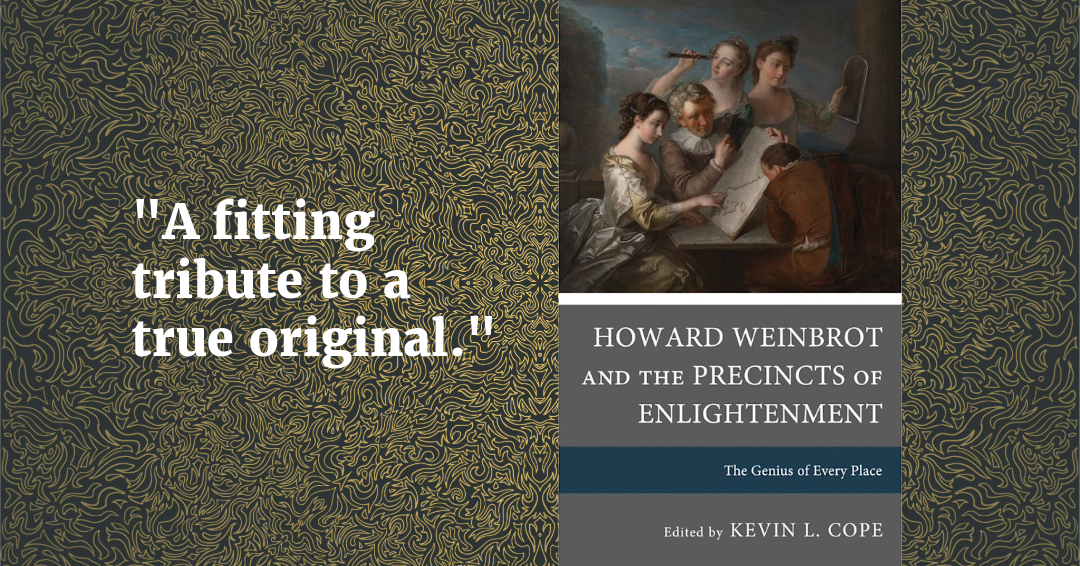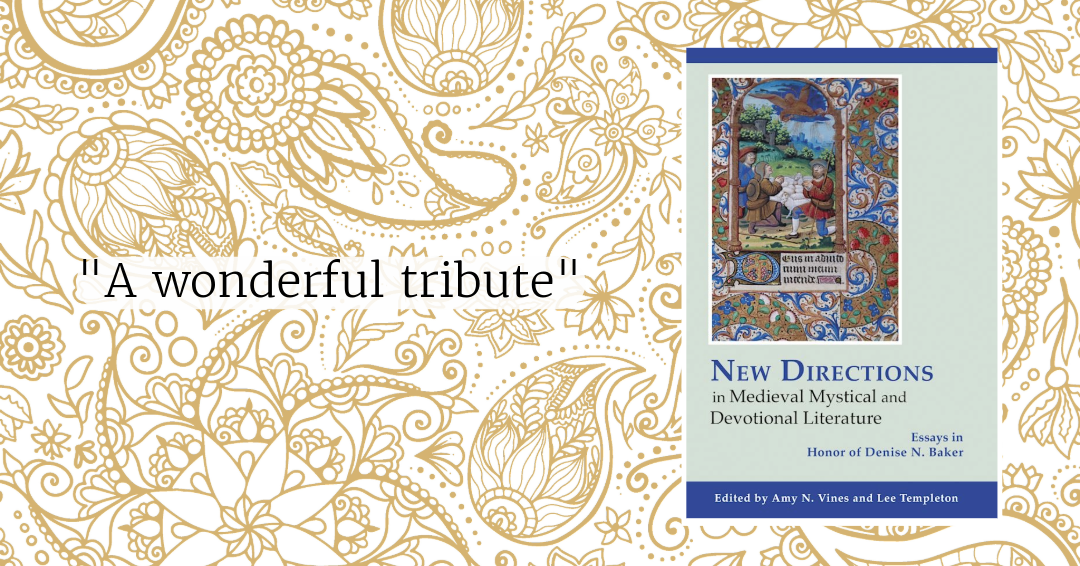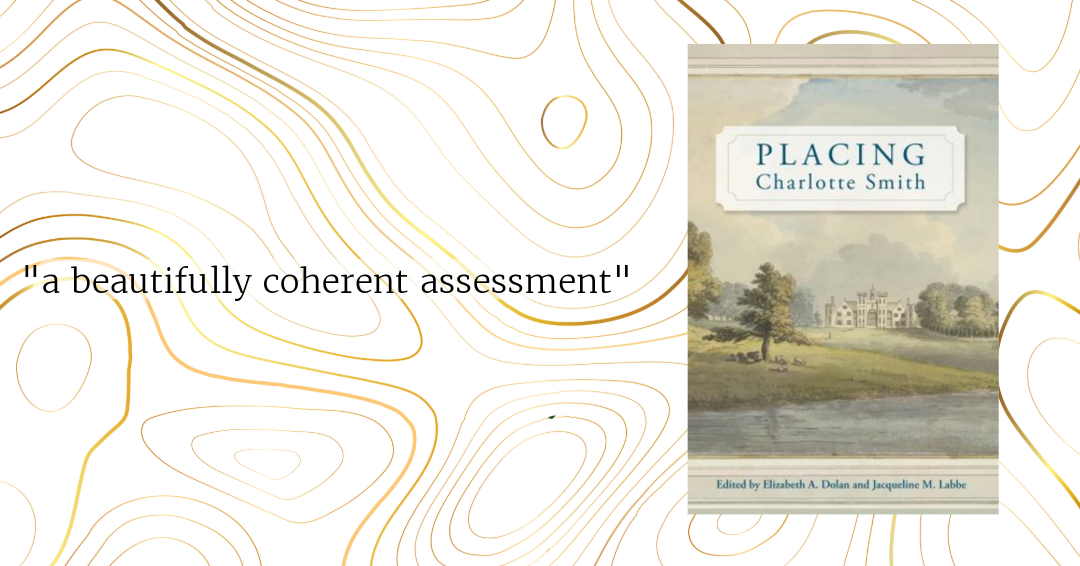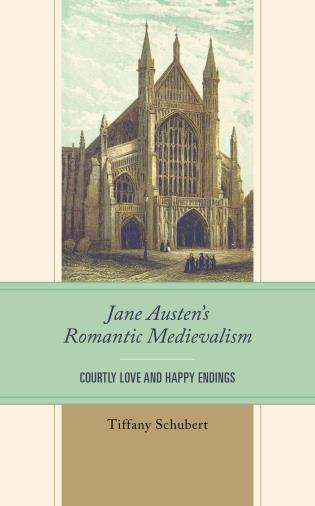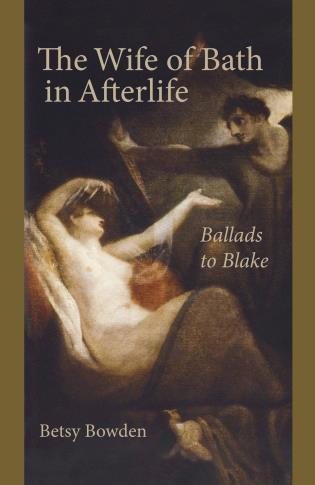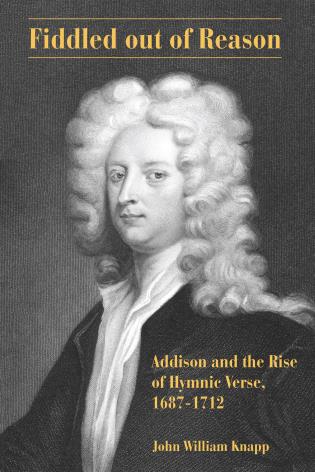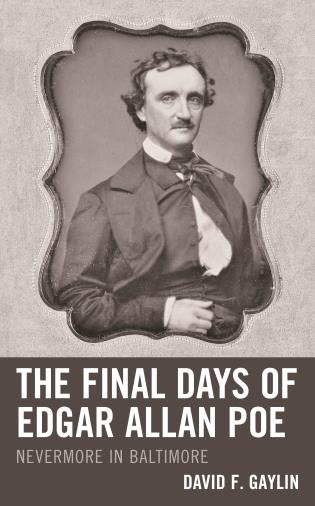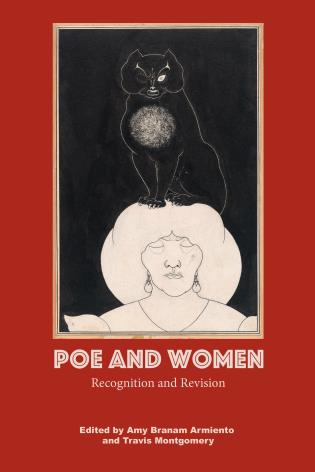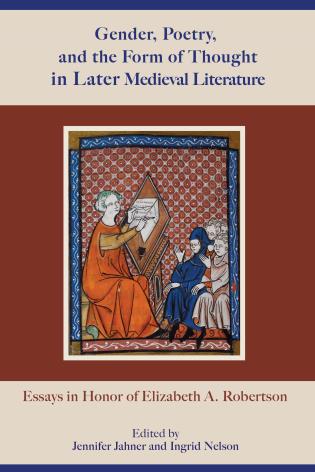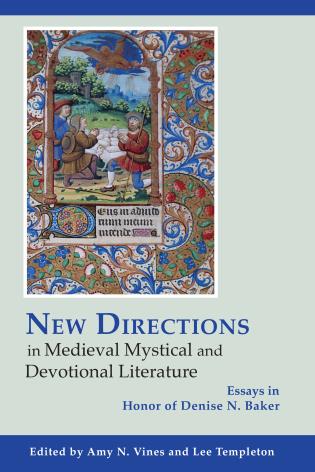New Age, Satanism, Wicca, and Spiritualism in Film
Cinema of the Occult studies filmmakers' adaptation of exiting occult religious approaches, such as New Age, Satanism, Wicca, and Spiritualism, with brief looks at paths less traveled. The occult is of special interest now when religion is so much a part of our national dialogue. While a majority of Americans report themselves to be religious or spiritual, many have deserted traditional Judeo/Christian orthodoxy in favor of new religious movements. Though actual followers are a small percentage of our population, they have a powerful influence on mainstream religious paths and culture. Many of these new religions are rooted in the occult, which Robert Ellwood defines as “those whose adherents believe they are custodians of significant truth about the reality—truth unknown to most people either because it has been deliberately concealed of because it is by its very nature unknowable without special training or initiation.”
New religious movements have been a flash point in the culture wars of our time, perhaps none more so than those that are the topic of this book. Evangelist Pat Robertson asserts that the “New Age is another term for the Occult” and it bears “the immutable brand of Satan.” But despite the condemnation by conservative Christians, the growth of occult religions offers a powerful testimony to the spiritual groping of a time when then findings of science have led many to find comfort outside the orthodox Judeo/Christian fold.
Since their earliest days, filmmakers have made occult paths grist for the scriptwriting mill because of the inherent sensationalism of the topic. Film is a reflection of the hopes, fears, and aspirations of the audience that views them as well as entertainment, and we can learn much about our culture by studying those films with stories of enduring appeal. New Age films such as Star Wars, Jacob’s Ladder, and Dogma resonate with many because of the search for the numinous from within. Satanic films reflect our fear of the Other, the outsider who threatens the purity of our group; films such as the Omen sequels apply this fear to the threat of a New World Order. Wiccan films such as Practical Magic and Suspiria offer insights into the debate over feminine empowerment, while films that adapt Spiritualism reflect our hopes for life after death.
Cinema of the Occult provides useful information on the occult religions of its title and applies this discussion to selected films. Readers will find excellent background on these paths as well as perceptive commentary on film adaptations of them and their relevance to understanding our culture.


